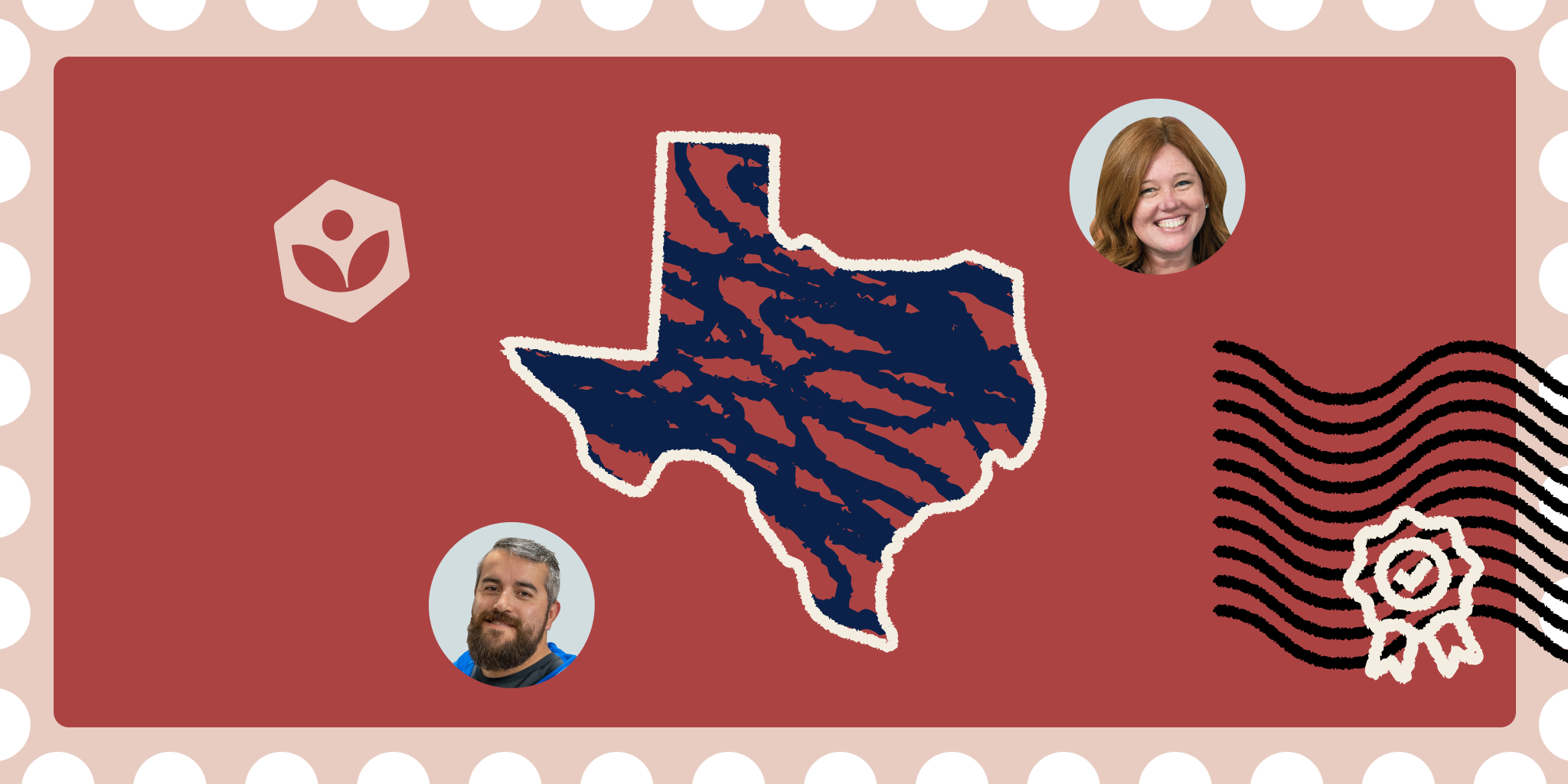
Interview by Aviv Weiss, Khan Academy Districts
When Tricia Cummings, Future Ready Instructional Coach at Jim Thorpe Fundamental Elementary School in Santa Ana Unified School District in California, started exploring personalized learning options, she knew the right solution had to do more than fill gaps. It had to meet every student where they were, from gifted learners to English language newcomers. In her third year as a coach, and 26th year in the district, she helped bring Khan Academy’s Learning Paths to her school, using MAP Growth data to drive instruction.
Aviv Weiss: Tricia, can you start by telling us about your role and how Learning Paths came into the picture?
Tricia Cummings: I’ve been with Santa Ana Unified for 26 years, and this is my third year as a Future Ready Instructional Coach. Every school has one. We support teachers with instruction, curriculum, and academic frameworks. At Jim Thorpe, we also serve a diverse population: gifted students, English learners, special education, and newcomers to the U.S.
When we were evaluating programs, I told my principal, “We need something that works across all levels, below, at, and above grade level, and with differentiation built in.” Some other programs were expensive and didn’t meet all our needs. Learning Paths stood out. We priced it out, got approval, and I found out later we were the first school in the district to implement it.
Aviv: What was implementation like in those early months?
Tricia: The first goal was just getting our teachers on board. India Quarles, a Professional Learning Specialist from Khan Academy Districts came out and led an in-service. We had some rostering issues to work through, but once that was resolved, I created step-by-step tips for teachers – emailed them, dropped them in mailboxes, and coached in classrooms.
I emphasized: this isn’t just a tool. It’s a way to target unfinished learning. It uses MAP data to create individualized pathways. The videos are both conceptual and procedural. And it gives students immediate feedback- they know if they’re on track and can try again.
Aviv: What has it been like for your English learner population in particular?
Tricia: Learning Paths does a nice job of scaffolding for our English learners. It’s not perfect. Some of the videos move fast, and we could use better translation for families, but overall, the tool is strong. Students get clear modeling, step-by-step guidance, and most importantly, they’re not set up to fail. They’re set up to reach mastery.
Aviv: You mentioned “data dialogues.” What does that look like at Jim Thorpe?
Tricia: It’s essentially meeting students where they are. We sit down and talk with them: “What domain are you working on? What skills are you leveling up in? Where do you feel strong? Where do you need support?” We’re tracking time on task, skills growth, mastery by domain, and sometimes adjusting RIT bands when needed- especially for high-performing students who might hit frustration levels.
It’s not just a numbers game. It’s about empowering students to own their learning.
Aviv: Has your school embraced the idea of mastery learning?
Tricia: We’re getting there. First-year implementation always comes with a learning curve, for teachers and students. Some focus more on minutes, others dive into the domain-level mastery data. My role is to help close those gaps. I’ll email reminders, model in classrooms, and suggest specific standards teachers can assign to small groups. Flexible grouping is built right into the tool, which is huge.
We’re building a culture where mastery is the goal, not just completion.
Aviv: Any standout moments that made you smile?
Tricia: Oh, so many. One fourth grader was working on slope- slope! Our principal and I were floored. Some of our teachers were skeptical at first, but now they’re telling me, “My kids are getting it.” And they’re using it in class, which is key. If it’s just homework, you lose the chance to support them actively.
One teacher used it for just a week and was blown away by student growth. That’s the kind of momentum we’re seeing.
Aviv: What do you hope comes next?
Tricia: This is my last year as an instructional coach, the funding’s ending. But I’m hoping to refresh the vision with staff before I go. Revisit the big picture. Help them ask: “What does the data tell us? How can we teach strategically, use math language routines, and keep reinforcing mastery?”
Learning Paths is just one part of it. But it’s a powerful part. It’s not about adding another tool. It’s about using what we have to meet every student where they’re ready to learn.
Aviv: Thanks so much for your reflections, Tricia!
Tricia: Thank you!
Final Thoughts
Santa Ana Unified School District is partnered with Khan Academy Districts to drive greater impact at scale.




